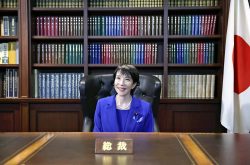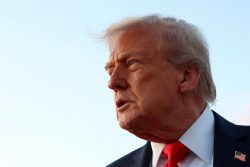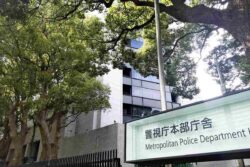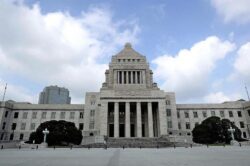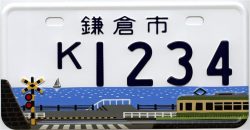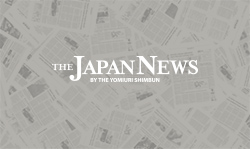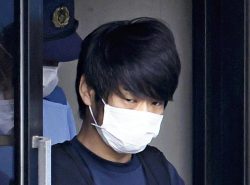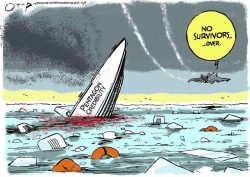China Hit With 104% Reciprocal Tariffs, Japan 24% as U.S. Heightens Levies on 60 Countries, Regions
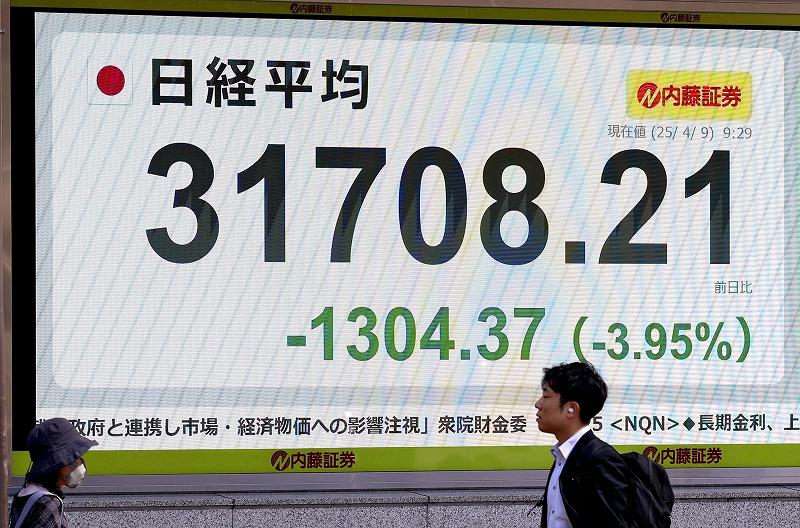
A monitor shows the Nikkei 225 index in Chuo Ward, Tokyo, on Wednesday.
16:43 JST, April 9, 2025
WASHINGTON — The administration of U.S. President Donald Trump enacted its second round of reciprocal tariffs at 12:01 a.m. on Wednesday.
Tariff rates on imports from approximately 60 countries and regions with which the United States has large trade deficits were raised from the current 10%. With this measure, reciprocal tariffs were fully applied.
Japan was hit with a tariff rate of 24%, while the tariff rate on China was set at 84%, higher than the originally planned 34%. The rate of additional tariffs on China now totals 104%, including the 20% tariffs that were already in effect.
The reciprocal tariffs are based on the International Emergency Economic Powers Act. The first phase went into effect on Saturday, imposing a blanket 10% additional tariff on imports from various countries and regions. Exceptions include Canada and Mexico.
Steel and aluminum products and automobiles, which were already subject to additional tariffs, are exempt from the measures, as are copper, pharmaceuticals and semiconductors.
The Trump administration said it made its own calculations for the rates set under the second round of reciprocal tariffs, taking into account the size of the trade deficit, non-tariff barriers and other factors.
Reciprocal tariffs were set at 20% for the European Union, 25% for South Korea and 32% for Taiwan.
Trump on Tuesday signed an executive order raising the rate of reciprocal tariffs on China from 34% to 84%. This was in response to China’s announcement of countermeasures, including the imposition of retaliatory tariffs on imports from the United States.
Lin Jian, a spokesperson of the Chinese Foreign Ministry, criticized the reciprocal tariffs at a press conference on Tuesday.
“It’s a typical move of unilateralism, protectionism and economic bullying,” Lin said. “If the U.S. decides not to care about the interests of the U.S. itself, China and the rest of the world, and is determined to fight a tariff and trade war, China’s response will continue to the end.”
‘70 countries move to negotiate’
Countries are said to be moving to negotiate with the U.S. to reduce the rate of reciprocal tariffs or seek exemptions.
“Nearly 70 countries have already reached out to the president to begin a negotiation,” White House Press Secretary Karoline Leavitt said at a press conference on Tuesday. She said Trump was open to negotiating, saying, “Bring us your best offers and he will listen.”
The U.S. intends to give priority to its allies and partners in pursuing negotiations. Prime Minister Shigeru Ishiba and Trump spoke by phone on Monday and agreed to hold ministerial-level talks between the two countries.
The Japanese side will be led by Ryosei Akazawa, minister in charge of economic revitalization, and the U.S. side by Treasury Secretary Scott Bessent and U.S. Trade Representative Jamieson Greer.
Related Tags
"World" POPULAR ARTICLE
-
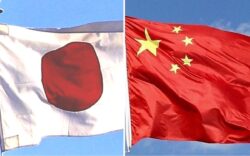
China Urges Citizens to Refrain from Visiting Japan, Citing Surge of Crimes Against Chinese
-

Mozambican Cooking Class Held in Matsuyama, Ehime Pref.; Participants Don Aprons, Bandanas Made from Traditional Mozambique Fabric
-
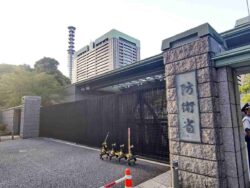
South Korean Military Band Backs Out of Japan’s Self-Defense Forces Festival to Be Held in Tokyo
-

8 Japanese Nationals Stranded on Indonesia’s Sumatra Island
-

China Steps Up ‘Wolf Warrior’ Diplomacy Against Japan, Hurling Accusation About Plutonium Stockpile
JN ACCESS RANKING
-

Govt Plans to Urge Municipalities to Help Residents Cope with Rising Prices
-

Japan Resumes Scallop Exports to China
-
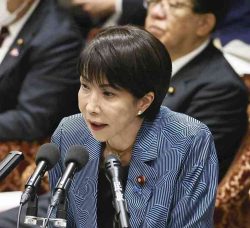
Japan Prime Minister Takaichi Vows to Have Country Exit Deflation, Closely Monitor Economic Indicators
-
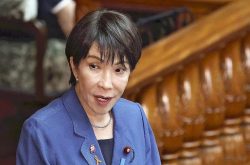
Japan to Charge Foreigners More for Residence Permits, Looking to Align with Western Countries
-

JR East Suica’s Penguin to Retire at End of FY2026; Baton to be Passed to New Character


